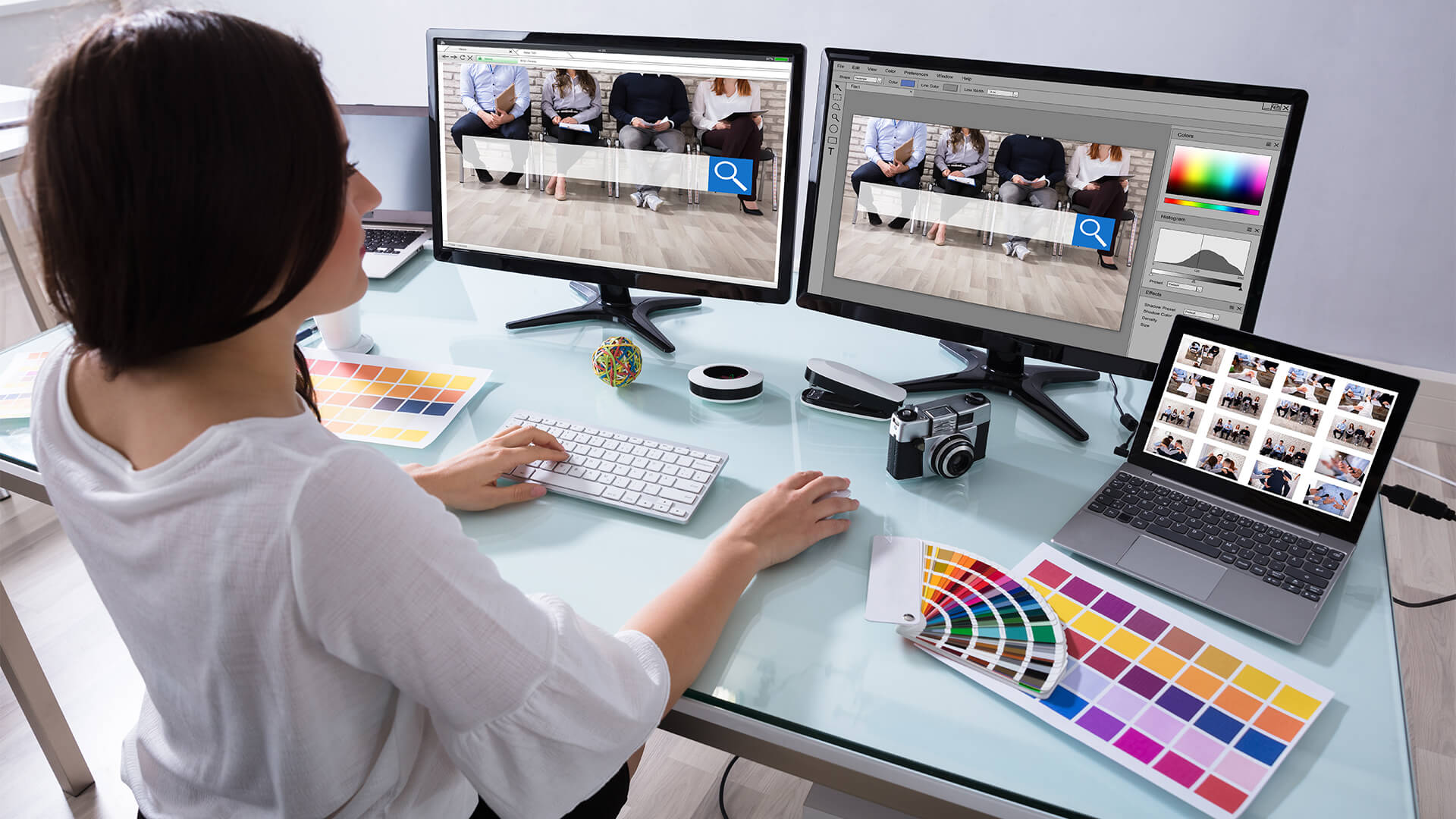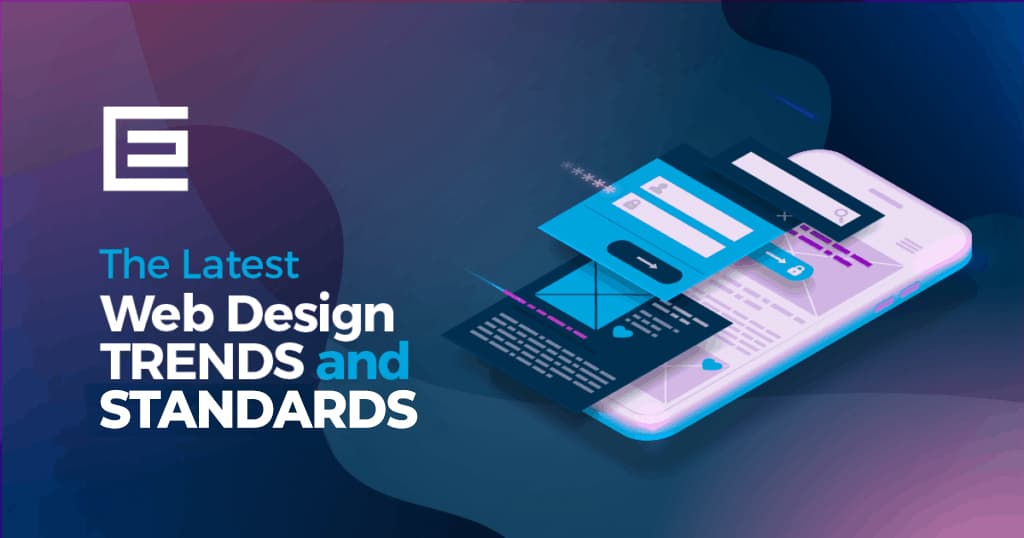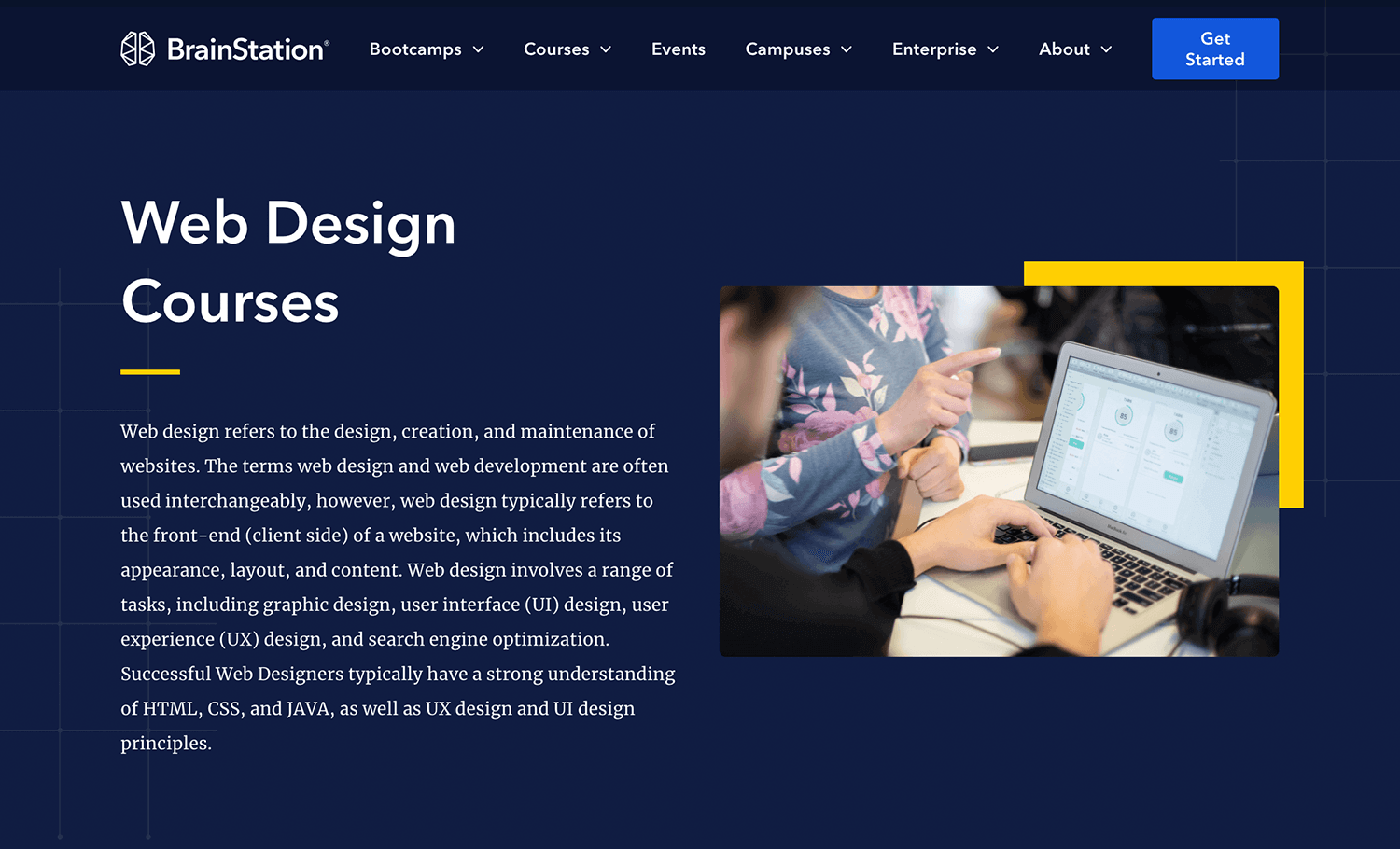The Most Effective Sorts Of Web Layout to Improve Customer Experience and Interaction
In the ever-evolving landscape of electronic communication, the effectiveness of Web design substantially influences user experience and engagement. Different style techniques, such as minimal, receptive, and interactive formats, each deal unique benefits that can provide to varied customer needs.
Minimalist Website Design
As electronic landscapes end up being increasingly messy, minimal Web layout has become a powerful method to enhancing user experience. This design viewpoint prioritizes simplicity, concentrating on vital components while removing unneeded diversions. By using sufficient white space, straightforward navigation, and a minimal shade combination, minimalist style promotes clearness and directs individual attention to key material.
The core principle of minimal Web style is to create a smooth interaction for customers. By lowering cognitive lots, individuals can swiftly realize information without really feeling overwhelmed. This direct strategy not only improves use yet likewise encourages interaction, as visitors are more probable to check out a website that is simple and visually enticing to navigate.
In addition, minimalist design usually highlights typography and imagery, using these elements tactically to convey messages successfully. This concentrate on necessary components can boost brand identification and develop a memorable customer experience. Basically, minimal Web style is not simply a fad; it is a thoughtful method that recognizes the value of user-centered layout. By removing supplementary components, designers can create a much more appealing, effective, and satisfying Web experience for all individuals.
Responsive Web Style
In today's varied electronic setting, receptive Web design has ended up being crucial for creating a smooth customer experience throughout a multitude of devices. As users accessibility internet sites on mobile phones, tablets, desktop computers, and laptops, the capability of a website to adapt its design and web content to different screen sizes and resolutions is vital.
Responsive website design uses versatile grids, pictures, and CSS media queries to ensure that Web content is offered ideally, despite the device used. This approach not only improves the visual charm of a web site yet additionally considerably improves use. Customers are extra most likely to engage with a site that supplies a regular experience, as it removes the frustration of having to focus or scroll excessively.
In addition, online search engine, including Google, focus on mobile-friendly web sites in search rankings. By adopting receptive design, organizations can boost their exposure and reach a more comprehensive target market. This method also streamlines website upkeep, as a single variation of the website can provide to all tools, minimizing the need for numerous versions. In recap, responsive Web layout is a basic method that enhances individual experience, engagement, and general complete satisfaction.
Interactive Website Design
Receptive Web design lays the foundation for boosting user experience, however interactive website design takes this an action further by engaging individuals in an extra dynamic means - Aligned Position Web Design. By incorporating elements such as computer animations, clickable models, and real-time feedback, interactive website design astounds users, drawing them into a richer browsing experience
This technique not just fosters engagement however likewise motivates customers to check out material proactively instead than passively consuming it. Methods such as gamification, where users earn rewards for completing tasks, can dramatically boost the moment invested in a site and improve overall contentment. Furthermore, interactive attributes can streamline intricate details, making it extra absorbable and pleasurable.

Incorporating interactive style components can also bring about greater conversion prices, as users are more probable to engage with a website that actively entails them. Aligned Position Web Design. Eventually, interactive website design transforms individual experiences right into memorable trips, ensuring that visitors return time after time
Flat Layout
Characterized by its minimalistic method, flat style highlights simpleness and capability, removing unneeded components and concentrating on important features. This design viewpoint prioritizes functionality, making sure that individuals can browse interfaces with simplicity and effectiveness. By utilizing a clean aesthetic, flat design eliminates the mess often found in more ornate styles, thereby boosting customer emphasis on material and functionality.
The trademark of level design depends on its use of bold shades, simple typography, and geometric shapes. These elements contribute to an aesthetically enticing user interface that is both friendly and modern-day. Furthermore, flat design promotes a sense of quality, permitting individuals to discern important activities and details without disturbance.
Moreover, flat layout is especially effective in receptive website design, as its simpleness equates well across numerous gadgets and display sizes. The lack of elaborate textures and gradients minimizes filling times, which is critical for maintaining customer involvement. As digital landscapes proceed to develop, level design remains a pertinent option for creating straightforward websites that boost total experience. By concentrating on necessary attributes, level design not only fulfills user needs however also motivates seamless interaction, making it an important element of reliable Web style techniques.
Flexible Web Style
Flexible Web design personalizes the individual experience by creating numerous dealt with designs tailored to different display sizes and devices. Unlike responsive design, which fluidly readjusts a solitary layout, adaptive style employs distinct layouts for specific breakpoints, making certain optimum discussion on numerous platforms. This technique enables designers to concentrate on click this the one-of-a-kind characteristics of each gadget, improving functionality by delivering exactly what customers need based upon their context.
Among the primary advantages of adaptive Web layout is its capacity to maximize lots times and efficiency. By offering customized material and pictures that fit the customer's gadget, websites can lessen data use and enhance loading rates. This is particularly helpful for users with slower links or minimal data strategies.

Furthermore, adaptive design promotes an extra click here for more info regulated and constant branding experience. Considering that designers develop multiple designs, they can ensure that the visual aspects line up with the brand name's identification across different platforms - Aligned Position Web Design. This results in a cohesive user experience, improving engagement and advertising user retention
Final Thought
In conclusion, the combination of minimal, responsive, and interactive Web layout principles dramatically boosts individual experience and engagement. Minimal design cultivates clarity and emphasis, while receptive style ensures adaptability throughout different devices, advertising ease of access. Interactive layout mesmerizes individuals with vibrant elements, urging exploration and personalization. Collectively, these style comes close to add to the creation of straightforward settings that not only boost satisfaction however also drive higher conversion rates, highlighting their important relevance in modern website design approaches.

Minimal style cultivates quality and emphasis, while receptive design guarantees versatility throughout different gadgets, advertising accessibility. Jointly, these design approaches contribute to the development of easy to use atmospheres that not just enhance fulfillment yet additionally drive greater conversion rates, highlighting their vital value in modern hop over to these guys Web design techniques.
Comments on “Aligned Position Web Design: Crafting Visually Appealing Websites for Modern Businesses”